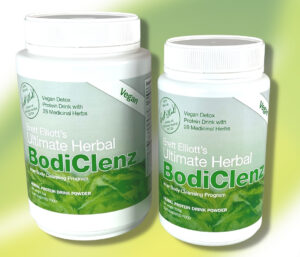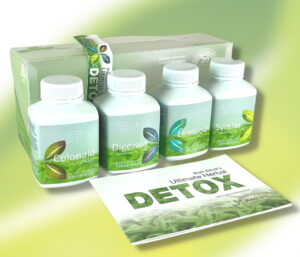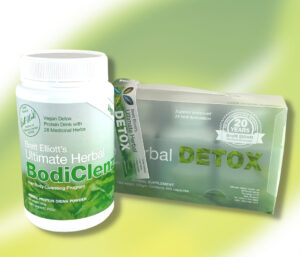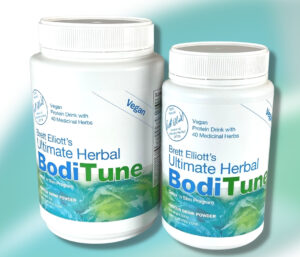What's Your Toxicity Level?
A toxicity level over 15% indicates an underlying metabolic toxin level that could become a problem, and may potentially be the reason for an ongoing irritation or health issue.
A toxicity level over 25% suggests urgent action and commitment to make some significant changes.
Take Action NOW
Embark on a journey of personalized health with our innovative 2-part program calculator. It’s more than just a tool; it’s your personal health guide.
This advanced calculator takes into account your unique body type and ideal weight, integrating them with your specific health needs and dietary preferences.
The result? A bespoke recommendation that directs you to the ideal program, perfectly aligned with your wellness goals. Experience a tailor-made approach to health that’s crafted just for you!
Metabolic Toixicity Explained
The concept of metabolic toxicity and its impact on the body’s biochemistry is complex and can’t be accurately represented as a simple overall toxicity percentage. Metabolic toxicity refers to the harmful effects on the body’s metabolic processes due to the accumulation of toxic substances or metabolic byproducts.
This can lead to various health concerns, but the severity and nature of these concerns depend on multiple factors, such as:
- Type of Toxin: Different toxins have different effects on the body. For example, heavy metals like lead or mercury have different biochemical impacts compared to toxins from alcohol or certain medications.
- Exposure Level: The amount and duration of exposure to a toxin significantly influence the level of metabolic toxicity. Small exposures might have negligible effects, but chronic or high-level exposures can be serious.
- Individual Differences: Factors like genetics, age, health status, and lifestyle (diet, exercise, etc.) can influence how an individual’s body processes and tolerates toxins.
- Interactions with Other Factors: The interaction of toxins with other elements in the body, such as medications or nutritional deficiencies, can also impact the level of toxicity and its effects.
Regarding the body’s response to metabolic toxicity, several mechanisms can be affected:
- Enzyme Function: Toxins can inhibit or alter the function of enzymes involved in metabolic processes.
- Oxidative Stress: Many toxins induce oxidative stress by generating free radicals, which can damage cells and tissues.
- Inflammation: Some toxins can trigger inflammatory responses, leading to various health issues.
- Endocrine Disruption: Certain toxins can interfere with hormone production and regulation, affecting metabolic balance.
Given these complexities, it’s not feasible to quantify overall metabolic toxicity exactly as a percentage.
Instead, medical professionals assess toxicity based on specific biomarkers, symptoms, and exposure levels relevant to the particular toxin or metabolic byproduct in question.
If you suspect chronic metabolic toxicity, it’s important to consult with a healthcare provider for proper testing, diagnosis, and treatment tailored to the specific situation.
Or…
Simply use the detox program calculator above and let us find the world’s best detox program for your needs!
We can get you started today.
© Brett Elliott




